In Vogue
We look back at festival fashion through the decades.

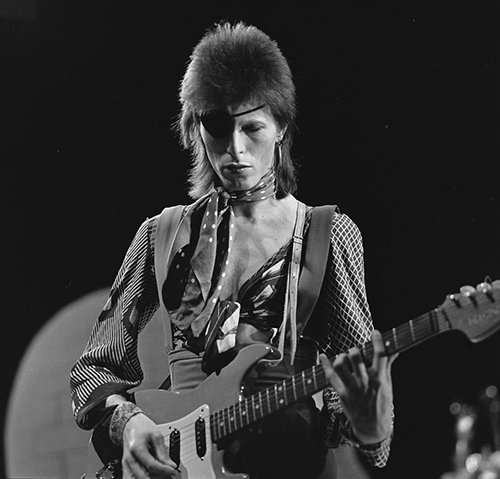
Bowie’s Ziggy Stardust, Madonna’s cone bras, Geri’s Union Jack dress. Whilst the performers regularly make headlines it’s the crowd that defines a festival’s style. From the early psychedelic power prints of the Woodstock days to a more practical glamour (think wellies with dresses), festival dressing has dipped in and out of current fashions but always retained its mode of escapism. We take a look back through the decades.

1960s
Although a one-off event, Woodstock is now part of our collective consciousness. Held in August in 1969 it became a defining moment in cultural history. The deep political unrest that America was going through at the time found an escape valve in a 3-day peaceful celebration from a disillusioned youth. This was the era of free-love and free-style with home-made tie-dye and crochet (for string bras rather than Granny’s bedspread), painted, frayed and embroidered denim, fringing, psychedelic colours and flower power prints.
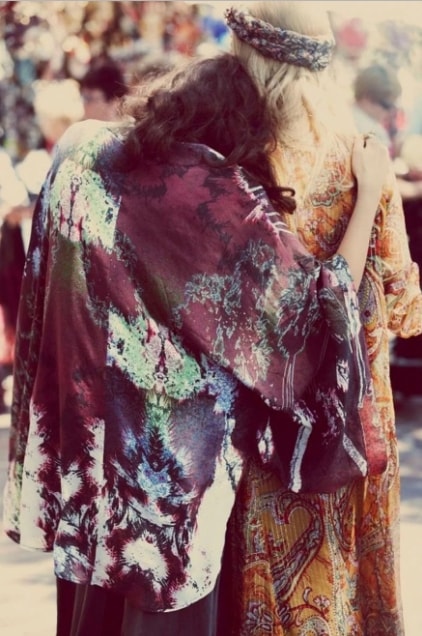
1970s
By 1970 the Isle of Wight Festival was attracting nearly 700,000 people and the first Glastonbury event took place adopting the same bohemian style and rip-up the rulebook attitude. Counterculture fashion and an increasingly subversive 70s punk scene were found more on the streets of London with Vivienne Westwood and Malcolm McLaren’s SEX boutique than in the muddy fields of Somerset. Here the hippie look was still in full swing with laidback layering, floral maxi dresses, waistcoats, natural materials and a mix of bold patterns.

1980s
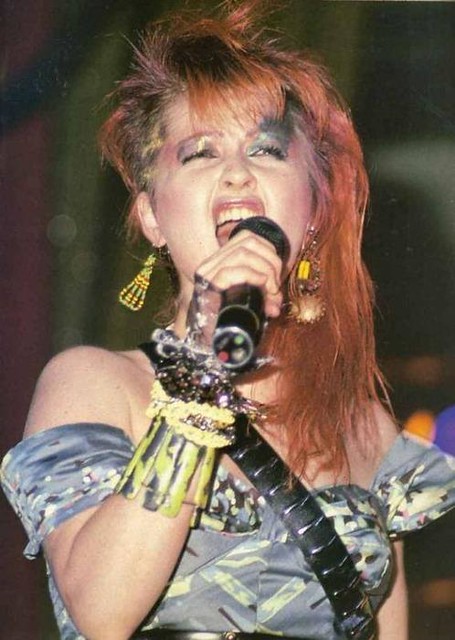
By now Glastonbury was a permanent summer fixture, kick-starting a UK festival scene that would become the best in the world. Live Aid also made a mark bringing together the world’s biggest artists to raise money for the famine in Ethiopia and showcasing some of the best fashion of the decade – oversized colour-pop blazers, slogan tees, Ray-Ban sunglasses, pearls, shoulder pads, bouffant hair, bomber jackets, stone wash jeans and plenty of stacked gold chains and layered jewellery. This was the start of the ‘concert festival’ – multi-day events with big names that enticed new audiences to outdoor music events. Different audiences brought new influences, from the throwback practicality of the army surplus shop to a more edgy, industrial, urban style.

1990s

80s glossy pop starts to give way to a grungy, alternative rock. Enter Kurt Cobain and long hair, oversized t-shirts, hole-ridden checked shirts, army grade boots and skateboard-friendly kicks. The UK Britpop scene saw the start of the Oasis/Blur battles and Cool Britannia movement.
Festivals started to hone their own styles – Creamfields Festival celebrated northern-pop lad-culture in Kangol, bucket hats, Harrington jackets and footie shirts whilst T in the Park saw more plaid patterns, ultra-baggy trousers or jeans, dungarees, crop tops and bumbags.
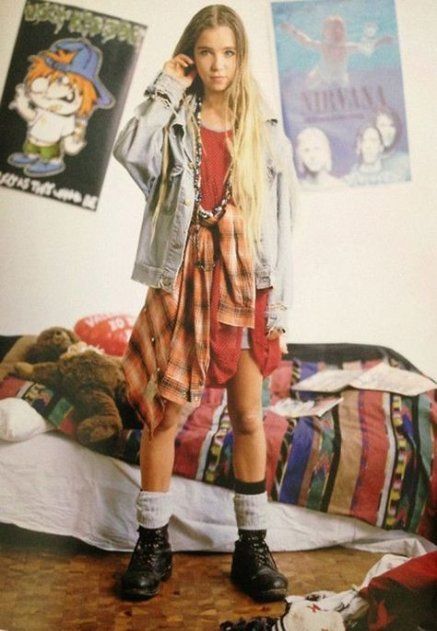
2000s
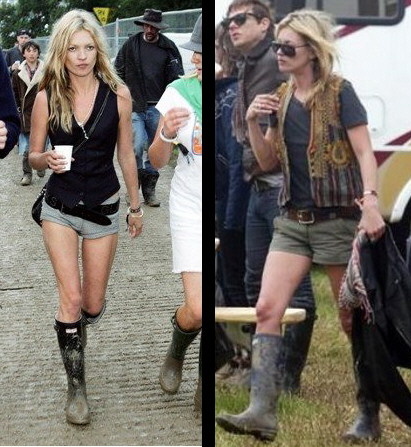
Festivals start popping up all over the country with Download in 2003 and Latitude in 2006. The BBC televises Glastonbury catapulting it to the cultural phenomenon we know today and shifting the focus from the performers on stage to the models, actresses and TV presenters attending the event. Cue Sienna Miller and Kate Moss, the new poster girls for a laid-back boho style, with hunter wellies, oversized coin belt, aviator sunnies, gold lurex minidress, waistcoat and hot pants. The latter now synonymous with festival fashion, motivating the fashion industry to devote an entire category to the festival scene. The 60s and 70s hippie style was re-invented as a glam bohemianism with plenty of leather, sheepskin and suede, fringing, embroidery, floral and patchwork patterns with tunic blouses and kaftan dresses.
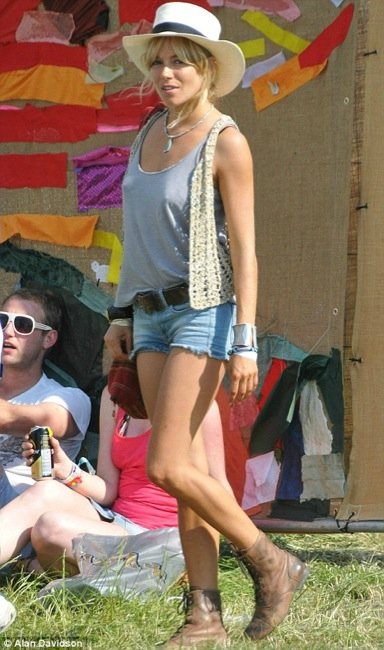
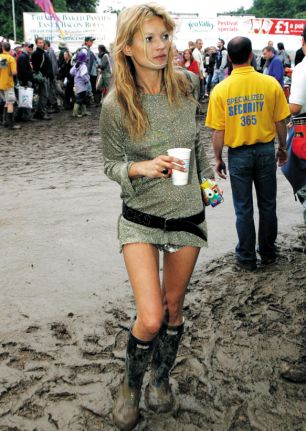
2010s
In the 2010s Alexa Chung was to Barbour what Kate Moss was to Hunter. Chung swapped the cord trousers and flat caps for Breton-striped tees, high waisted denim shorts and leather jackets. Festival fashion became less eccentric, you could as easily wear your outfit to the local pub as to Glastonbury. Cotton minidresses, oversized shirts, metallic slips and slogan knitwear became the new festival uniform. ‘Self-expression’ was in danger of becoming an off-the-shelf festival identikit or ‘high-street hippie look’ motivating Bestival to introduce a fancy dress theme to encourage more creative theatrics.
In a new twist of anti-establishment rebellion, festivals regained some of their political platform with Anti-Brexit and Extinction Rebellion marches and two performers opened a new chapter with their political fashion statements. Beyonce at her 2018 Coachella performance – 5 outfits celebrating black power, and Stormzy as the first Black British solo artist to headline Glastonbury, in a Union Jack stab-proof vest designed by Banksy.
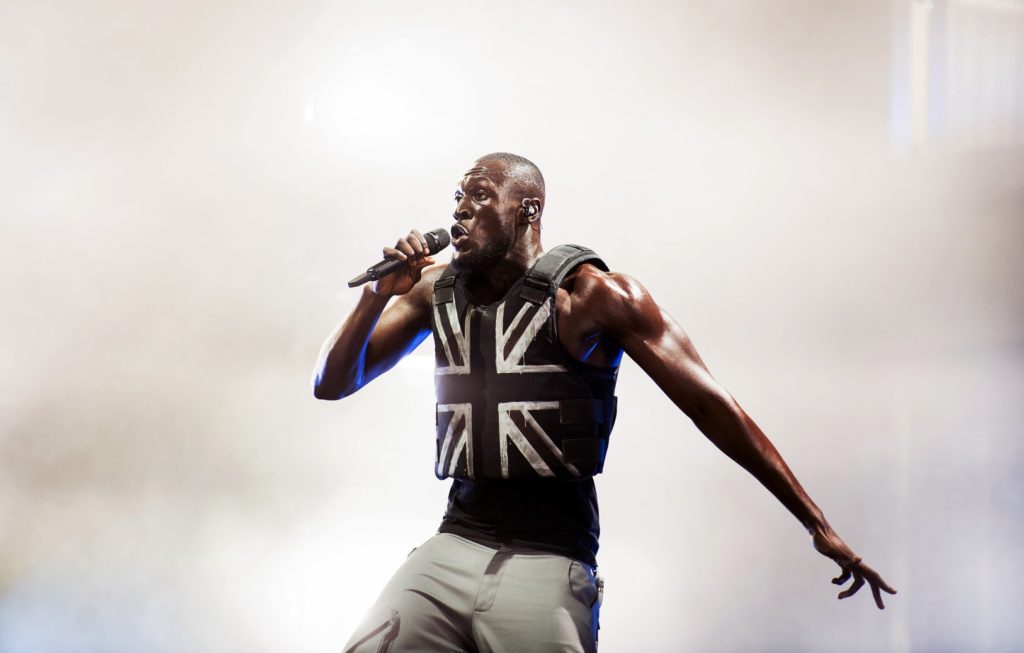

It seems muddy fields and music will always spark creativity, originality and rebellion. From movement-led fashion to festivals creating the fashion movement. With new audiences, fresh ideas and international influences, festivals will hopefully continue to be an outlet for free creative expression. Somewhere to escape, with something wonderful to escape in.